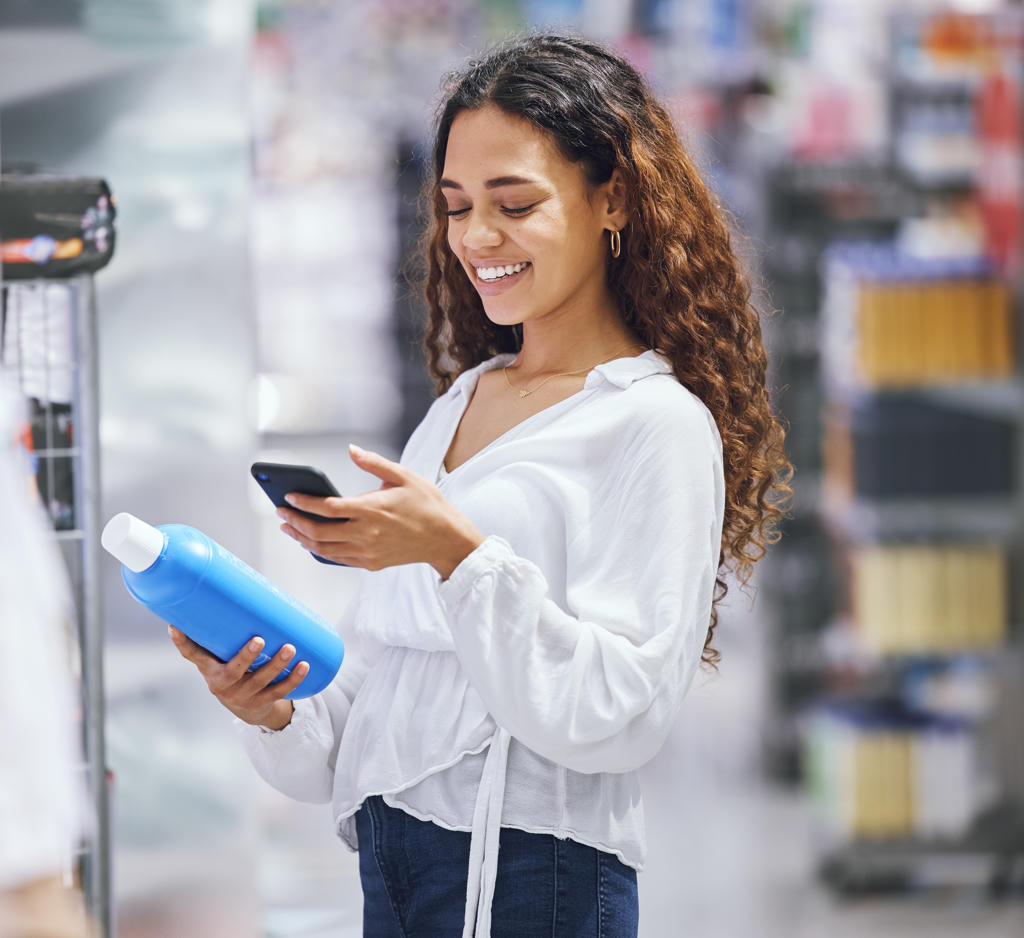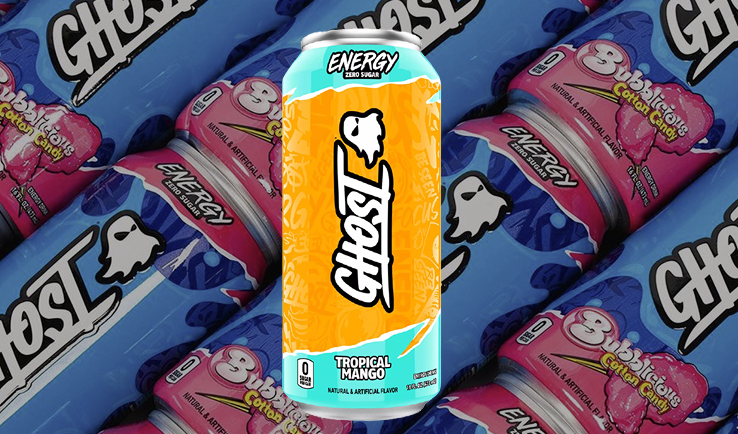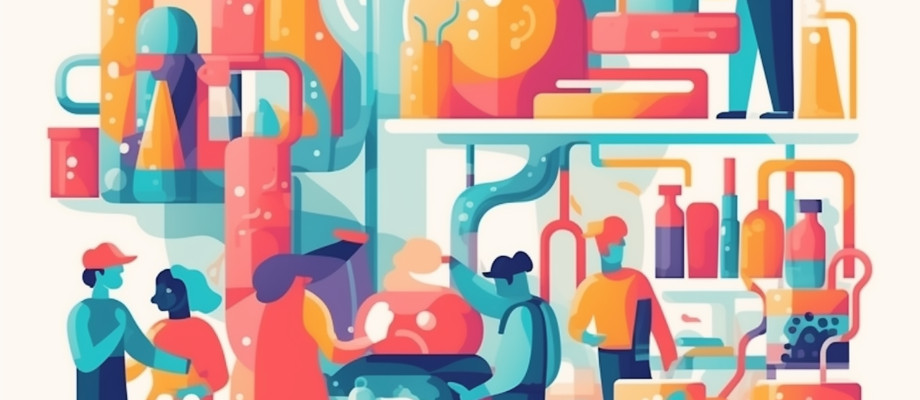Sunrise 2027: What 2D barcodes Mean for Your Packaging

By 2027, the UPC – the barcode that has powered retail for 50 years – will be replaced by 2D barcodes. This change, known as Sunrise 2027, is set to transform packaging, supply chains, and consumer agreement.
This video introduces what Sunrise 2027 means, why it matters, and how your business can start preparing now.
Video Overview
In this short video, experts from Resource Label Group (RLG) explain the impact of Sunrise 2027 and how 2D barcodes unlock new possibilities for packaging. You’ll learn how the shift from UPCs to 2D barcodes supports compliance, enhances traceability, and creates richer consumer experiences.
Runtime: 3 minutes
Chapters/Timestamps:Full Transcript
“Sunrise 2027 is a very ambitious project, looking at this 50-year-old technology the root of supply chains and retail tech and saying it is time to upgrade. What Sunrise 2027 is really about is taking that QR code, standardizing the data that’s put inside of it. Again, interoperable supply chain data standards – that’s our wheelhouse. Standardizing the way the QR code is built so that it then becomes the replacement for the UPC.
So, now I may have access to the traceability data of this product. If it’s scanned at all these places in the supply chain, a consumer can know where all of those touch points were. I can see the history of this item. I can get access to safety information, e-leaflets, critical information about food or pharmaceutical items from the same link.
Sustainability is an important piece of this too. It’s saying what was the construction of this product? What is linked to this through the QR code? Even as simple as: how can I now recycle this product packaging that I have?
I’m Melanie Vieiraa. I get to talk about how we take all the things that are really amazing about 2D codes and all the requirements and turn it into something physical on the package, so that you meet both the regulatory requirements and the amazing consumer experience.
Obviously, you want to comply with the new GS1 standards and get ahead of the game. If you want a serialized 2D code, no problem. We can do some interesting ink colors for the 2D code so long as they comply with the requirements for scannability. GS1 has asked that we collocate that QR code next to the UPC code so that those things aren’t unnecessarily missed when they start to incorporate that scanning as part of the point-of-sale systems.
This is an opportunity to really get on the front end of this. QR codes have definitely peaked. They saw great emergence during COVID, but really using them to engage with consumers has not been widely accepted. This is an opportunity to be a first mover. Get your feet wet, learn all the best practices, and be part of that wave.
And as new technology continues to evolve, it only gets easier and easier for consumers to engage, removing those obstacles that are currently in place.
We love meeting with our customers, understanding what they’re trying to do, and we will help solution the best way to not only optimize the design of your label so that it catches that consumer’s attention at the shelf and online, but we’ll ensure that you meet all the regulatory requirements and the mandates of GS1 and your retailers as well.
We want to be that easy button for you. If you want to make that transition, we got you from soup to nuts.
Basically, this isn’t just about barcodes. It’s about brand possibilities. Let’s talk!”
Frequently Asked Questions
What is Sunrise 2027?
Sunrise 2027 is the global initiative, led by GS1, to transition from the traditional UPC barcode to 2D barcodes by 2027. This upgrade standardizes the way QR codes carry data, ensuring they can replace UPCs at the point of sale and throughout the supply chain.
How are 2D Barcodes Different from UPC??
A UPC only contains a product identifier. A 2D barcode, like a QR code, can hold much more: traceability information, product history, safety and regulatory details, sustainability data, and even links to consumer-facing digital experiences.
What is GS1 Digital Link?
GS1 Digital Link is the standard that connects a 2D barcode to online product information. It makes barcodes scannable not only by point-of-sale systems but also by smartphones, giving consumers and supply chain partners access to rich, real-time data.
Do I Need to Reprint All Packaging?
Not right away. GS1 recommends adding 2D barcodes alongside existing UPCs during the transition. Over time, as retailers update their systems, the 2D code will become the primary barcode. Planning ahead now helps avoid rushed, costly updates later.
How Long Does Implementation Take?
Implementation timelines vary depending on your packaging volume, design complexity, and regulatory needs. However, starting early allows brands to test, refine, and adopt best practices, making the transition smoother and less disruptive.
Talk to an RLG Packaging Expert
The move to 2D barcodes is more than a compliance requirement, It’s an opportunity to reimagine packaging and strengthen your brand. Resource Label Group can guide you from strategy through execution, ensuring your packaging is ready for Sunrise 2027.
Tags:

